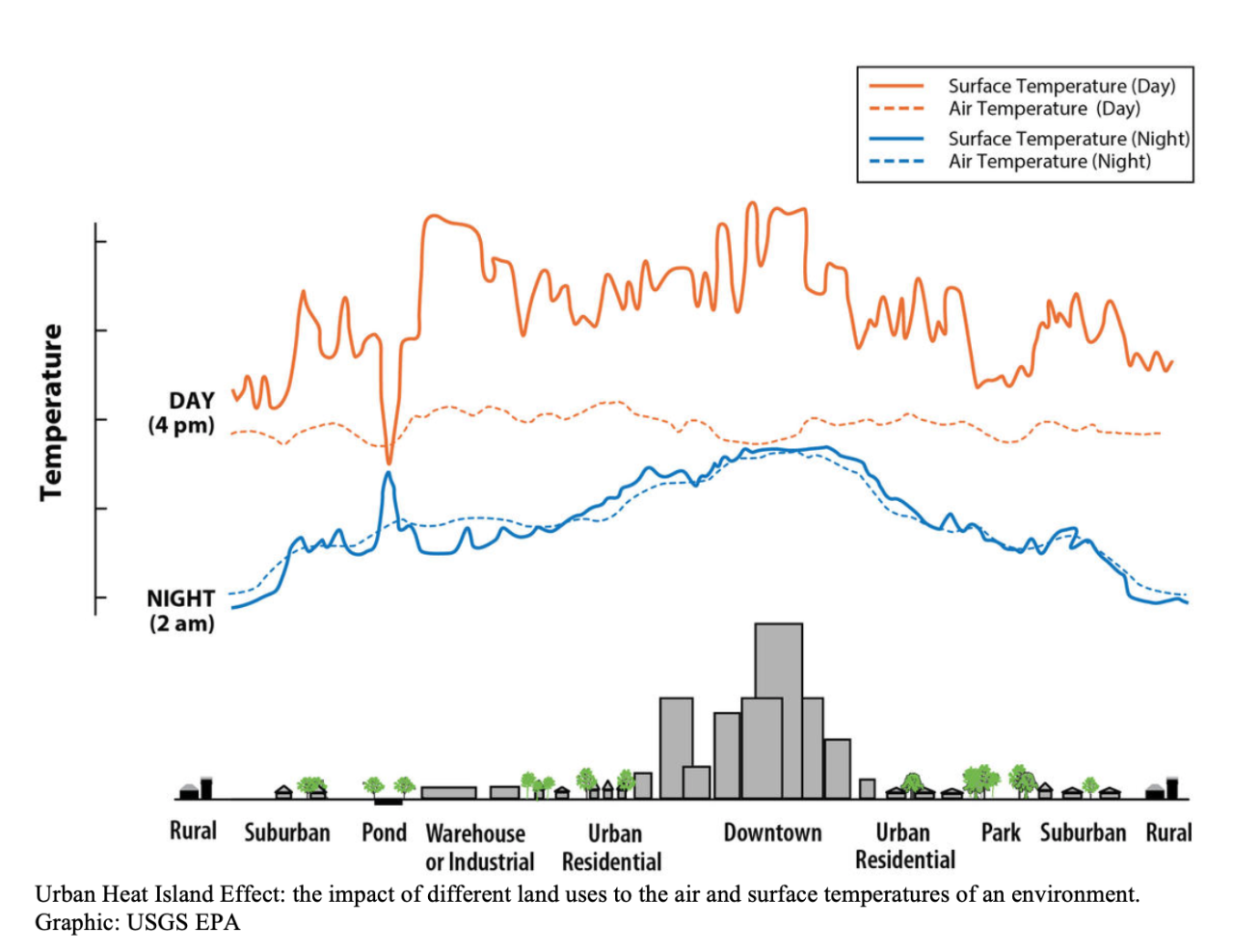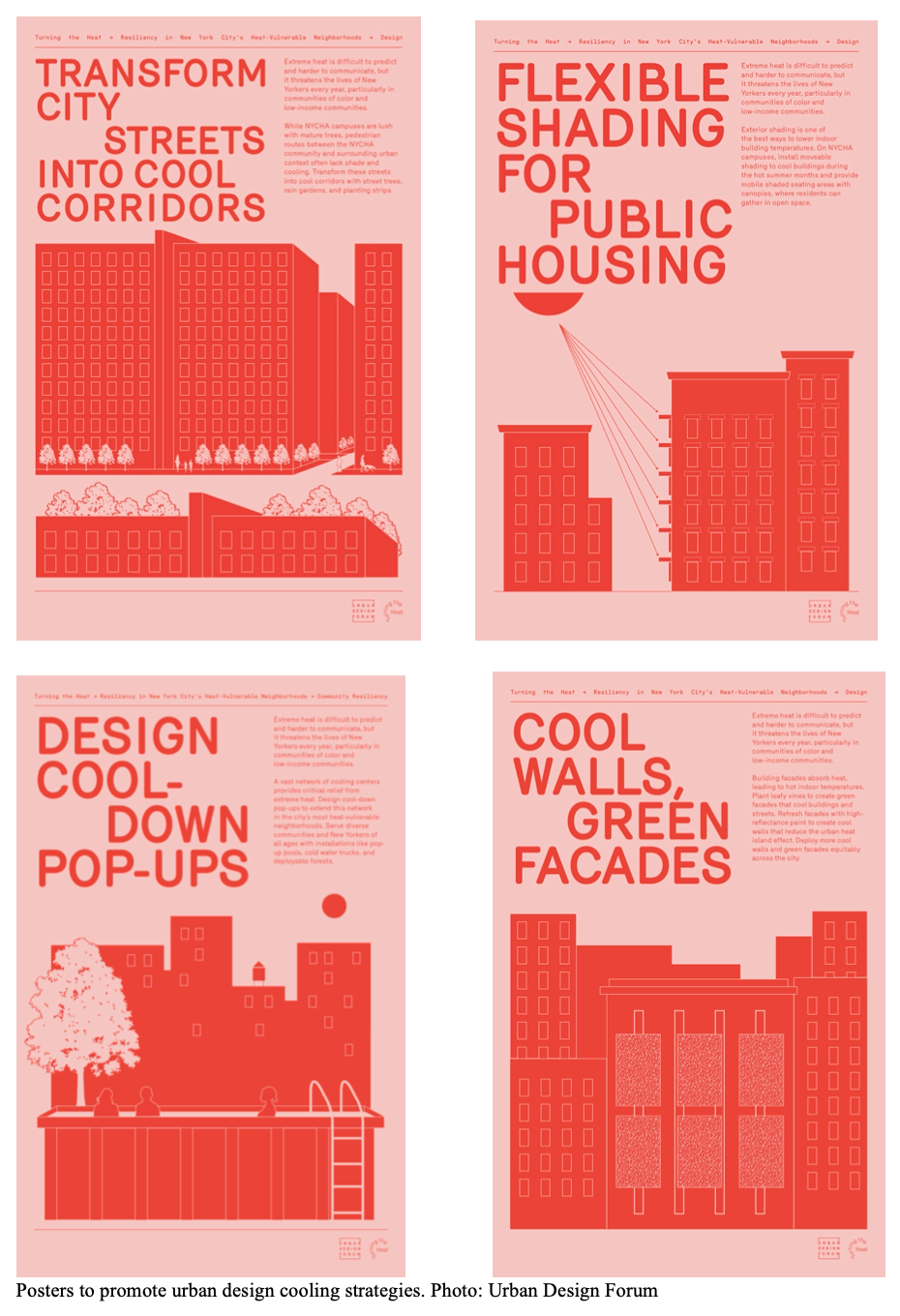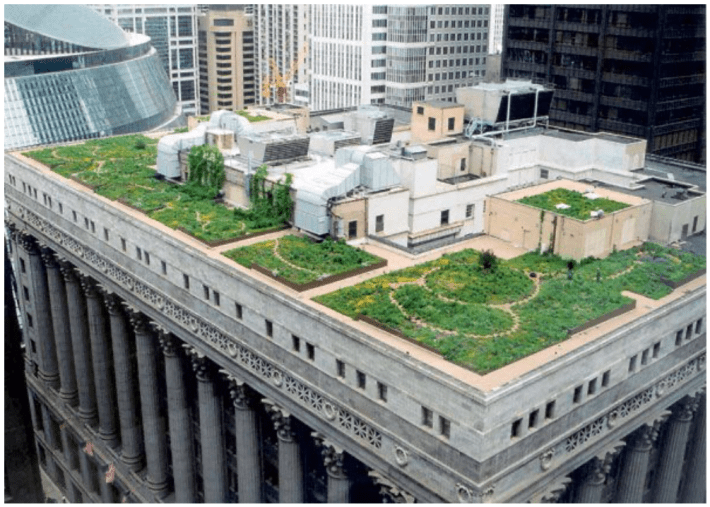It’s going to be really hot in Chicago this weekend. With temperatures in the 90s Fahrenheit, high humidity, and clear sunny skies forecasted for Saturday and Sunday, being in the city will feel more like 105 degrees. These temperatures are not only unpleasant—they are quite dangerous for some citizens.
However, Mayor Lori Lightfoot still hasn't reopened the city's beaches to let residents cool off in the lake. 48th Ward alderman James Harry Osterman recently said in his newsletter that he expects they'll stay closed all summer. With fewer legal options for cooling off, people have been illegally opening fire hydrants, creating a safety risk and drawing hundreds of complaints.
Keeping beaches closed as a strategy to prevent the spread of COVID-19 makes little sense when you consider that residents are instead being encouraged to cool off in enclosed indoor spaces like cooling centers and cooling buses, breathing recycled air. It's even more absurd when you consider that young people have been allowed to pack indoor bars in neighborhoods like Lincoln Park and Lakeview, a likely factor in why the 43rd Ward, which includes most of Lincoln Park, has the highest number of new coronavirus cases among young adults in town.
Moreover, it would be relatively easy to promote safe conditions on beaches. For starters, the city should keep lakefront parking lots closed to prevent crowding. Beefing up CTA bus service to beaches would help mitigate any inconvenience for residents who want to travel to the shoreline from across town. And the city should deploy Social Distancing Ambassadors to patrol the beach and encourage compliance with rules against large gatherings, a strategy that seems to be working well on the Lakefront Trail.
In the long term, Chicago should consider design strategies to effectively and sustainably mitigate extreme heat. The issue of urban heat waves is nothing new, but it's only going to get worse as climate change continues to increase global average temperatures.
During Chicago's 1995, between July 14 and July 20, 739 people died of heat-related causes. The Centers for Disease Control estimates that heat killed 700 Americans each year between 2004 and 2018, a death count that is much higher than of any other natural disaster (and likely an undercount, considering how heat worsens other diseases and underlying conditions that a death might be attributed to.)
Climate change trajectories estimate that by 2036 Chicago will experience 26 days per year that hit over 100 degrees. By 2070, that number will increase to 50 days per year. This dire and looming issue should be addressed in the way we design our public spaces.
Like all big cities, Chicago is a heat island with large amounts of pavement, buildings, and pollution that attract and trap the sun’s warmth. Fewer and smaller green spaces, as compared to suburbs and more rural areas, mean less relief from high temperatures. Last year the Urban Design Forum released Turning the Heat, a report on heat vulnerability and resilience tactics in New York City. Their proposal focuses on NYC but can be applied to any major U.S. city that faces the same heat-related threats. Recommendations fall under four main categories: design, policy, finance, and community resilience.

Adding more green space, street trees and plants, green walls and roofs would provide people with shade and help absorb some sunlight and heat. Increased and moveable shading on public housing would offer the same reliefs. Pop-up solutions like above-ground pools and portable greenery would provide more temporary (and more fun) cooling options.

Chicago and many other cities have deployed green infrastructure and other strategies to reduce urban heating. Chicago’s City Hall roof has been a green roof since 2001, lowering energy costs, reducing stormwater runoff, attracting biodiversity, and absorbing heat.

Green infrastructure can be effective on a much smaller scale, too. At Rush University Medical Center, shown below, street trees and plants provide shade, drainage, and absorption of the sun’s rays and heat.

While these heat mitigation strategies are proving successful, there's still more we could do. Another, very simple idea from Urban Design Forum’s recommendations: name our heat waves. We anthropomorphize and give first names to our other natural disasters like hurricanes; heat waves deserve the same level of attention and gravity.
The dangers of extreme heat are often underestimated, especially when compared to perceptions of danger relating to other natural disasters. Elevating the status of heat waves on par with other disasters through naming would help shift national understanding of these very real emergencies. And naming could help convince people that extreme heat is a disaster and action needs to be taken.
Although city governments can respond to extreme heat with emergency response plans, a far better strategy is to work preemptively to design spaces that can reduce the impact of high temperatures. It’s high time to redesign and retrofit our cities to be more resilient and better serve residents. In the mean time, maybe we should just let people swim.





